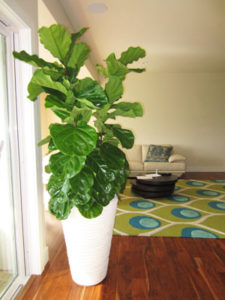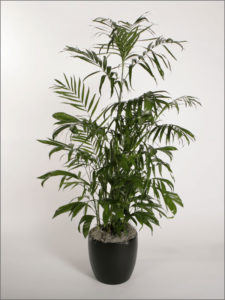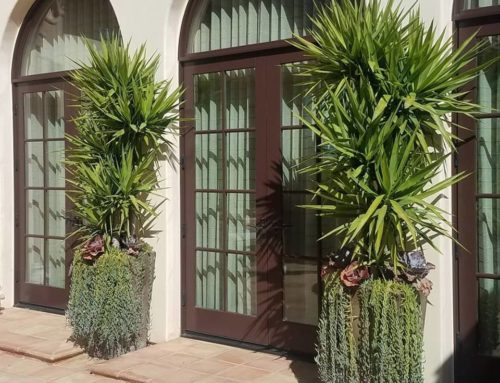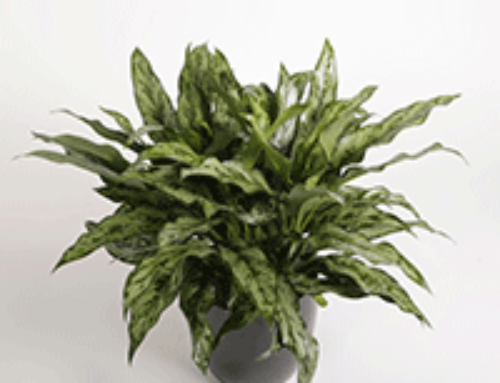When you move a plant from its greenhouse to the interiorscape, it will need some time to acclimate and get used to its new home. In the greenhouse, there is an abundance of bright light and high humidity, whereas most interiorscapes are dry and low light. Here are some tips on helping plants acclimate so that you don’t lose your new green friend.
Sun-grown leaves
Leaves produced under high light conditions are modified to protect plant tissue from the harsh sun and to conserve moisture. Sun-grown leaves are generally smaller and slightly cup-shaped in comparison to their shade-grown cousins.
Common examples of sun-grown leaves:
- Ficus lyrata (fiddle leaf fig)
- Birds of paradise
- Pothos
Shade-grown leaves
Plants growing in lower light intensities need to produce leaves that capture all available light. So they develop wide flat leaf blades oriented horizontally to the light source. Spacing between leaves (internodes) increases as the plant tries to expose each leaf surface to any available light.
Common examples of shade-grown leaves:
- Boston fern
- Lamium
- Chamaedorea seifrezii (bamboo palm)
Helping them acclimate
Plants can take from 1 to 10 weeks to adjust to low light and humidity conditions. During this adjustment, plants shed the sun-grown leaves they can no longer support and produce the more efficient shade-tolerant leaves. During this period, plants are more vulnerable to infestations and disease infections. To keep your new friend healthy, follow these steps for helping plants acclimate:
- Remove excess fertilizer
- Prune foliage
- Gradually reduce water
- Keep your plant clean and pest free







